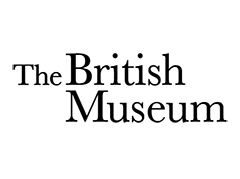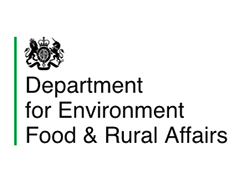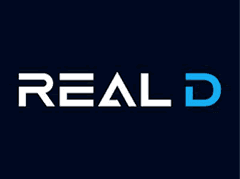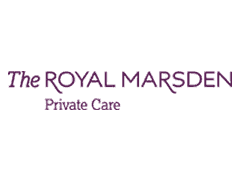When I first started reading about Google’s new visual language Material Design my first though was this is just a new name for Responsive Design, however, a deeper look revealed so much more.
Evolving Web Design
Back in 2000 many businesses were starting to think about having a website and the conversation would tend to go like this:
“Here is a copy of our brochure can you turn this into a website?”
What businesses then and sometime now failed to realise is that the internet is a very different place to the physical world of printed brochures.
Over the last 20 years we have seen good web design becoming more focused on the visitor experience and less of the glossy brochure approach. Smart businesses now give visitors to your website a great experience and they are much easier to convert to customers and leads.
So how does this relate to Material Design?
With material design we want to create a cohesive user experience irrespective of the device, platform or browser being used.
This is kind of similar to the idea of responsive design however, material design takes this concept much further.
Going to the Next Level With Material Design
When we start to build in material design principles we are taking all the learned experience of years of internet interaction plus factoring in current and future changes in technology.
There is also the need to balance flat design with skeuomorphism and material design has some clear ideas about how objects should appear.
Sounds great, but what does it really mean for website design.
Well simply put user or visitor actions comes first and this should dictate how the design features are developed not the other way round.
Also everything needs to take place in the one place or environment e.g. the website and as such you don’t want to break the flow or change the experience as the visitor interacts and progresses.
For example if your visitor is using a mobile the website should provide an environment optimised for this device, but also the way the site functions should be optimised for the visitors actions both those we expect and as they interact.
Added to this is the need for continuity so the visitor shouldn’t suddenly be present with a desktop view page or feature not optimised for mobile. Also should they return to the site on a different device the visitor should still see a cohesive environment to the one they experienced on mobile.
Summary
While material design is still fairly new I can certainly see its benefits. Putting user experience at the heart of web design can in my book only be a good thing.
Whether it becomes a standard for web design will depend on whether it is embraced by website owners and designers alike.
Having Google behind this certainly makes more people take notice, so it’s certainly an area to watch in 2015.










